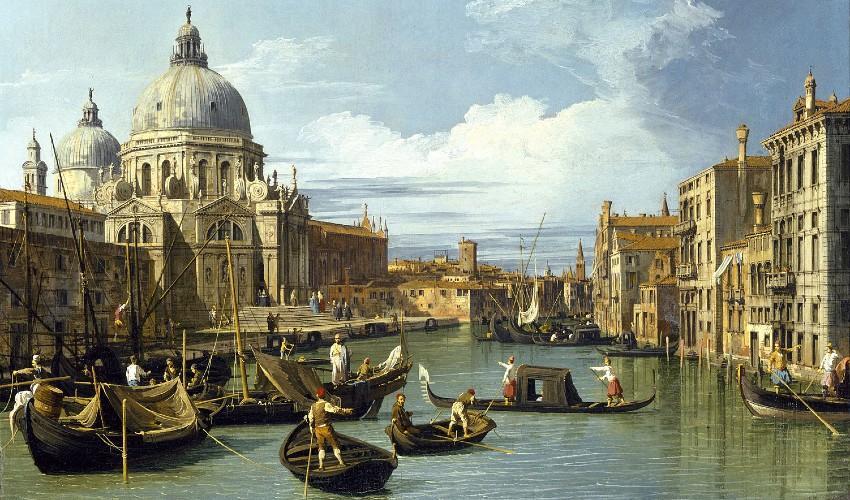
Helicopter Money in XVII Century Venice
WHEN A PANDEMIC RECESSION STRIKES, A MIX OF POLITICS, EXCESS OF DEBT AND HELICOPTER MONEY CAN OCCUR. IT WAS THE CASE IN THE REPUBLIC OF VENICE, DURING THE 1630 PLAGUE. DONATO MASCIANDARO DRAWS SOME LESSONS FROM LA SERENISSIMAIn economic thinking, the COVID-19 pandemic forces swept away some of the conventional taboos, such as the radical idea of helicopter money. The term uses the fanciful imagery that was originally invented by Milton Friedman. But what is helicopter money? In the literature helicopter money has been frequently defined as any policy mix under which expansionary fiscal measures are financed by creating a monetary base. The helicopter money concept became more precise when the analyses tried to identify when an expansionary monetary policy can be defined as an extraordinary one. In this perspective, helicopter money is in action when a fiscal monetization produces systematic losses in the central bank’s balance sheet, reducing its net worth. In turn, the fiscal monetization can depend on the government’s need to maintain its popular consensus. And the nexus between politics and fiscal monetization can became particularly important during a pandemic recession. This is exactly the situation that occurred in Venice during the years 1629-1631, when the Republic of Venice fought first a famine and then a plague pandemic, which has been analyzed in a recent CEPR working paper by Charles Goodhart (LSE), Donato Masciandaro (Intesa Sanpaolo Chair in Economics of Financial Regulation alla Bocconi), and Stefano Ugolini (Toulouse University).
Venice implemented its first legislation to address a plague epidemic in 1423 and a Health Office was established in 1490. Over the years Venice developed a regulation on plague with three aims: to prevent it originating in Venice, to impede its importation, and to check its spread should it break out in the city. During plague episodes the Republic imposed a general blockade on all neighbours suspected of the plague. The containment measures were carried into effect on a colossal scale with full resources of the state. A trade-off between health and economics emerged. One textile merchant pleaded for the quarantine to be lifted, given that “an incomparably greater number of people have died purely as a result of unemployment than of typhus or any other contagious disease”. It was argued that the Republic’s territory was suffering more from the ban than from the disease itself. Bribery episodes were registered, as anxious merchants tried any means to get their goods into Venice.
How to address the losses in support for the government? The government bought necessary goods from merchants to distribute them among the citizens. When city districts were put in quarantine, their inhabitants were provisioned by the state. Poor laws were promoted to reduce the risk of disease; “poor people should be taken from their wretched housing (…) and camps for the purpose should be maintained until the end of the epidemic.” Moreover, the Venetian government influenced employment and nominal wages in the sectors under its total or partial control. Regarding for example wages in the Arsenal, the government, “in its anxiety to prevent such vital trades from decaying, was accustomed to pay its workers something, even if there was nothing for them to do.”.
But how to finance the public transfers? Printing money was the solution, using the Giro bank, the Venetian central bank, which was completely in the hands of the government. In normal times, the Republic defined an issuing target: the Giro balance sheet should not exceed 800,000 ducats. But the Giro balance sheet was worth 2,071,168 ducats in April 1630, and kept rising to a peak of over 2,666,926 ducats in June 1630. The over-expansion of the money supply triggered a monetary depreciation, forcing the government to reform its monetary policy setting. On July 1630, a monetary board (Giro bank Inspectors) was established. The aim of the monetary action was the reduction of the Giro bank liabilities, whose parallel effect had been the reduction of gold bullion in the hands of the Republic. During these operations, “100,000 ducats in small change in copper shall be minted and distributed, especially to members of the silk and wool trade who needed it, to repay the (public) debt.”
The new monetary policy strategy brought down Giro balances to 1.4 million ducats at the end of 1630, but it was not sufficient to avoid the collapse of the convertibility promise of the Giro bank; it happened in the same year, with a suspension of payments. All in all, the monetary policy implemented during the pandemic recession to avoid riots and tumult produced an over-expansion of convertible money coupled with losses in issuer capital. Price instability and currency devaluation were the final macroeconomic outcomes. “The mix between political needs, debt and money was really toxic,” Professor Masciandaro comments. “From yesterday to today, the big institutional difference is the independence of central banks as a device to avoid political excesses. It will be enough, hopefully.”
Charles A Goodhart, Donato Masciandaro and Stefano Ugolini, “Pandemic Recession, Helicopter Money and Central Banking: Venice, 1630”. CEPR Discussion Papers 15715.
by Ezio Renda
